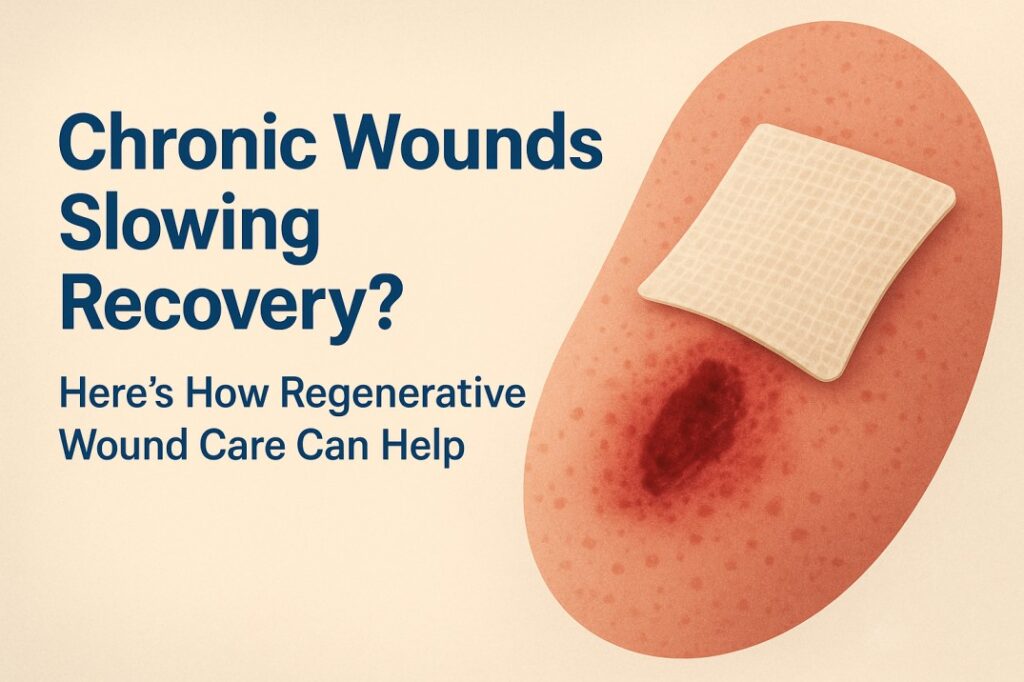Sexually transmitted diseases (STDs), also referred to as sexually transmitted infections (STIs), are infections that spread primarily through sexual contact. These diseases, which can range from mild to severe, can significantly impact one’s health if left untreated. However, the key to managing and preventing the spread of STDs is early detection. This post explores how STD Test are diagnosed before treatment, focusing on the different diagnostic methods, symptoms, and what happens during the process of seeking a diagnosis.
Understanding the Importance of Diagnosis in STD Treatment
Before any treatment for STDs can begin, a definitive diagnosis must be made. STDs can often present with similar symptoms such as sores, pain during urination, or discharge, making it difficult to know what kind of infection one may have. Diagnosing an STD accurately ensures that the patient receives the correct treatment and helps prevent the transmission of the infection to others.
Accurate diagnosis also allows healthcare providers to determine the stage of the infection, monitor potential complications, and decide whether further testing is required for coexisting infections. Since some STDs have no symptoms, diagnosing these infections is crucial to prevent long-term complications like infertility, organ damage, or the spread to others.
Common Methods of STD Diagnosis
There are several ways STDs are diagnosed before treatment begins. These methods vary depending on the type of infection, the symptoms presented, and the medical history of the patient.
1. Physical Examination
A physical examination is often the first step in diagnosing an STD. During this process, a healthcare provider will visually inspect the patient for signs such as:
- Unusual discharge (for example, from the penis or vagina)
- Sores, blisters, or ulcers in the genital area, mouth, or rectum
- Rashes or warts
- Inflammation or tenderness around the genital or anal area
The physician may also check for swollen lymph nodes, which can indicate the presence of an infection.
While a physical exam may provide clues about certain STDs, it is usually not sufficient to confirm a diagnosis on its own. Additional testing is typically required.
2. Laboratory Tests
Laboratory tests are critical in diagnosing STDs, as they can detect the presence of bacteria, viruses, or parasites in the body. These tests may include urine samples, blood samples, or swabs taken from sores or discharge.
- Urine Test: Urine tests are often used to diagnose chlamydia and gonorrhea. These infections can be diagnose by analyzing the urine sample for traces of bacteria.
- Blood Test: Blood tests are commonly use to diagnose infections such as HIV, syphilis, herpes, and hepatitis. The test can detect the presence of antibodies (in the case of viral infections) or bacteria (in the case of bacterial infections).
- Swab Test: If you have visible sores or discharge, a swab test may be done to collect samples from the affect area. These samples are then test in a lab for the presence of pathogens such as Herpes Simplex Virus (HSV), Trichomonas, or gonorrhea.
- Pap Smear: For women, a Pap smear is use as part of routine screening for cervical cancer, which can be cause by the human papillomavirus (HPV). Some healthcare providers may use a Pap smear as part of diagnosing a possible HPV infection.
3. Polymerase Chain Reaction (PCR) Test
The PCR test is highly sensitive and used to diagnose a range of bacterial and viral infections. This test is typically used for detecting infections that are difficult to diagnose through traditional methods. For example, the PCR test is effective for detecting genital herpes, HPV, and chlamydia, even in cases where symptoms are absent or unclear.
PCR tests work by amplifying the DNA or RNA of the pathogen in question, allowing the lab to detect even small amounts of infection.
4. Microscopic Examination
In certain cases, healthcare providers may use a microscope to examine samples from the patient. For example, a sample of discharge or scraping from a lesion may be examine under a microscope to detect the presence of parasites such as Trichomonas vaginalis, which causes trichomoniasis, or other microorganisms.
5. Serologic Testing
Serologic testing, also known as antibody testing, detects antibodies produced by the immune system in response to an infection. It is commonly use to diagnose HIV and syphilis. This method relies on blood samples to identify the presence of antibodies against a specific pathogen.
For example, with HIV, the body produces antibodies that are detectable in blood after a few weeks to a few months of exposure to the virus. Serologic tests are helpful in confirming a past or current infection and determining the stage of the infection.
How do Healthcare Providers Interpret Test Results?
Once a diagnosis is made, interpreting the results involves determining which specific pathogen is causing the infection. In some cases, further tests may be need to assess the severity of the infection, whether other STDs are present simultaneously, or whether there are any complications.
For example:
- Viral Load Testing (for HIV): This test measures the amount of virus present in the blood and helps healthcare providers understand the progression of HIV.
- Syphilis Staging: The presence of certain antibodies, as well as the patient’s history, helps determine if the syphilis infection is in its primary, secondary, or latent stage.
- Drug Resistance Testing (for HIV or Hepatitis): Some viruses, like HIV and hepatitis C, can develop resistance to treatment. Drug resistance testing may be perform to determine which medications will be most effective for the patient.
Treatment and Follow-Up Care
Once an accurate diagnosis has been made, treatment for STDs begins. The treatment approach varies based on the type of infection:
- Bacterial STDs (e.g., gonorrhea, chlamydia, syphilis): These infections are typically treat with antibiotics. It’s crucial for patients to follow their healthcare provider’s instructions for taking medication to ensure the infection is fully eradicate.
- Viral STDs (e.g., HIV, herpes, hepatitis B, and C): Viral infections cannot be cure, but antiviral medications can manage the infection and reduce the risk of transmission. For example, antiretroviral therapy (ART) is used for HIV, and antiviral drugs can help control herpes outbreaks.
- Parasitic STDs (e.g., trichomoniasis, pubic lice): These infections are usually treat with antiparasitic medications.
Follow-up care is essential to monitor treatment effectiveness and prevent reinfection. A repeat test may conduct to confirm that the infection has been clear, and additional counseling may be provide regarding safe sex practices and the prevention of future STDs.
FAQs About STD Diagnosis
1. How soon after exposure can an STD be detected?
The time frame for detecting an STD varies depending on the infection. Some infections, like chlamydia and gonorrhea, can be detect shortly after exposure (within a few days to a week). Others, such as HIV, may take several weeks to months before antibodies are detectable.
2. Can I diagnose an STD at home?
There are home testing kits available for some STDs, like HIV, chlamydia, and gonorrhea. However, it is always recommend to consult a healthcare provider for confirmation and to ensure proper follow-up care.
3. What should I do if I think I have an STD?
If you suspect you have an STD, it is essential to visit a healthcare provider for testing. Avoid sexual activity until you have been test and treat, if necessary. If you are diagnose with an STD, inform your sexual partners so they can also get test and treat.
4. Are there STDs that do not show symptoms?
Yes, many STDs, including chlamydia, gonorrhea, and HIV, may not show symptoms, especially in the early stages. Regular testing is vital, especially for individuals who are sexually active or have multiple partners.
5. How can I prevent getting STDs?
The best way to prevent STDs is through practicing safe sex, which includes using condoms or dental dams during sexual activity. Regular screenings, vaccination (e.g., for HPV or hepatitis B), and reducing the number of sexual partners can also help prevent the spread of STDs.
Conclusion
Diagnosing an STD before treatment is essential to ensure that the correct treatment is provided and to minimize the risk of complications and transmission to others. Early detection through physical exams, laboratory tests, and specialized diagnostics like PCR tests and serological testing can help healthcare providers accurately identify the infection. Once diagnosed, appropriate treatment, followed by careful monitoring and follow-up care at Enfield Royal Clinic, ensures the best outcomes for patients. Regular screening, safe sex practices, and communication with partners are key to preventing the spread of STDs and maintaining overall sexual health.









